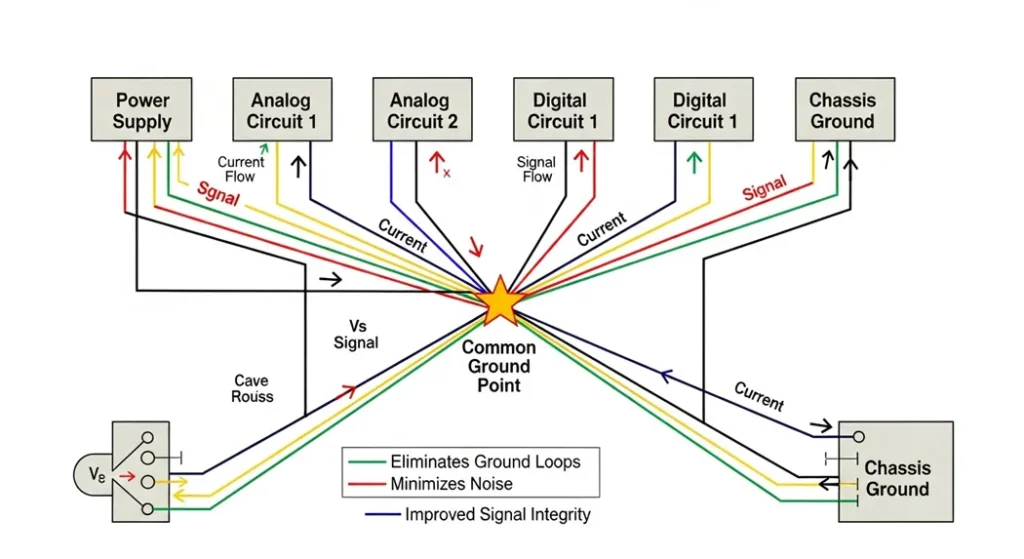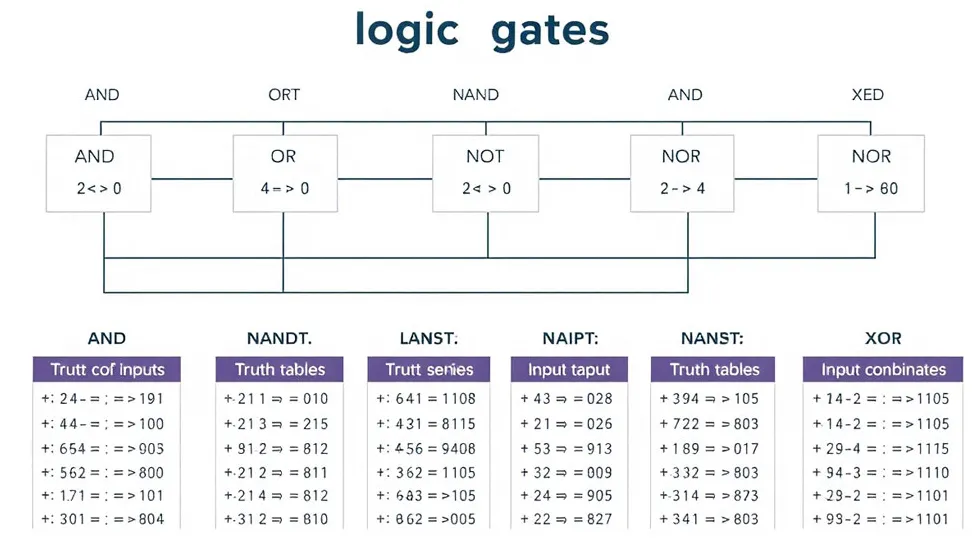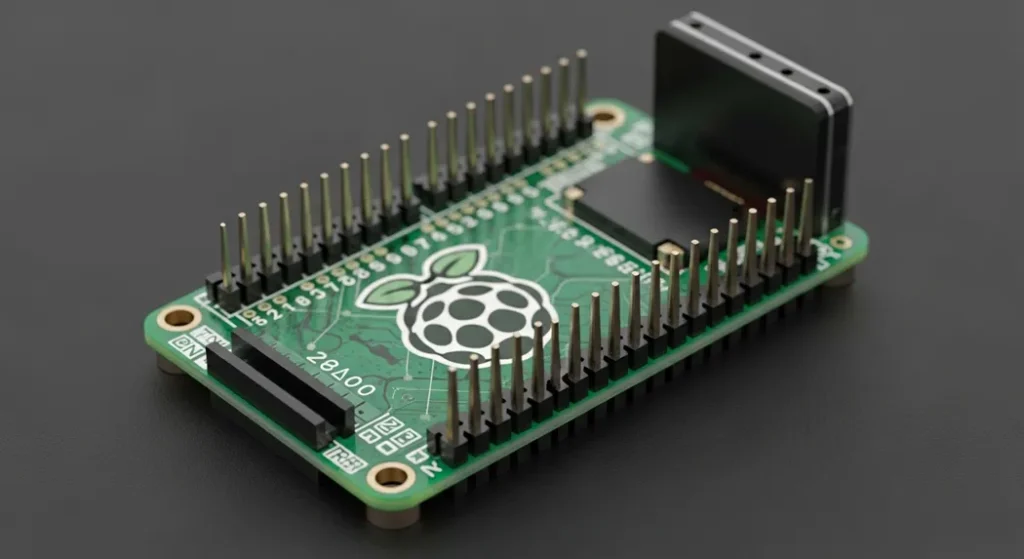Few things are more frustrating than building a circuit that should work only to hear a hiss in your audio, see flickering LEDs, or get unstable sensor readings. The culprit is usually signal noise, the invisible interference that sneaks into your design. The good news? Most noise problems can be solved with proven techniques like shielding, grounding, filtering, and smart component choices.
This guide explains why noise happens in electronic circuits and gives you five practical, research-backed solutions to eliminate it so your projects run clean, stable, and professional.
What Is Signal Noise in Electronics?
Signal noise is any unwanted electrical disturbance that interferes with the desired signal. It can appear as:
Static in audio circuits
Random spikes in sensor readings
Voltage fluctuations in digital systems
Crosstalk between high-speed traces
Noise is inevitable, but it can be minimized. According to Springer’s Lecture Notes in Analog Electronics, every component resistors, diodes, transistors—introduces some level of noise. The challenge is keeping it below the threshold where it affects performance.
Diagram: Common Sources of Signal Noise

Types & Sources of Noise (Research Data)
| Noise Type | Cause | Impact on Circuits | Research Insight |
|---|---|---|---|
| Thermal Noise | Random motion of electrons in resistors | Adds background hiss | Springer |
| EMI (Electromagnetic Interference) | External RF sources, switching supplies | Crosstalk, resets | IEEE EMI Guidelines |
| Ground Loops | Multiple ground paths | Hum in audio, unstable signals | DigiKey Ground Loops |
| Crosstalk | Parallel traces on PCB | Data corruption | HillPublisher Research |
| Sensor Noise | Environmental interference | Fluctuating readings | MakerPro Tutorial |
Five Proven Ways to Eliminate Noise
1. Use Bypass Capacitors & Ferrite Beads
Place 0.1µF ceramic capacitors close to IC power pins.
Add ferrite beads in series with supply lines to block high-frequency noise.
Texas Instruments notes that combining ferrite beads with bypass capacitors forms an effective Pi filter for noise suppression (TI Application Note).
In practice, many hobbyists notice that simply adding a capacitor near a microcontroller instantly stabilizes erratic resets. It’s one of the cheapest and most effective fixes.
Visual: Capacitor Placement in Circuit Design

2. Shielding & PCB Layout Best Practices
Use ground planes to minimize loop area.
Separate analog and digital sections.
Shield sensitive circuits with metal enclosures or board-level shields.
AndwinPCB highlights that via stitching and controlled impedance traces reduce EMI dramatically.
For example, in audio amplifier builds, simply routing signal traces away from power lines often eliminates background hum without adding extra components.
Visual: Example of a Well-Shielded PCB Layout

3. Grounding & Avoiding Ground Loops
Always use a single-point ground (star grounding).
Avoid daisy-chaining grounds.
Ground loops are a major cause of hum in audio circuits. DigiKey explains that loops allow unwanted current paths that inject noise into sensitive signals.
A common scenario is connecting a laptop to an audio mixer while both are plugged into different outlets. The resulting hum disappears once the ground loop is broken with proper grounding or isolation.
Visual: Star Grounding Diagram

4. Filtering Sensor & Audio Signals
Apply moving average filters in microcontroller code (MakerPro).
Use low-pass RC filters for analog signals.
In audio, add shielded cables and twisted pairs to reduce interference.
In one Arduino project, a temperature sensor produced wild ±5°C swings. Adding a capacitor across the sensor and applying a moving average filter in code reduced the error to ±0.2°C—making the readings reliable enough for real-world use.
5. Component Selection & Signal Conditioning
Choose low-noise op-amps and precision resistors.
Match sensor impedance with the analog front end (Analog Devices).
Use SPICE simulations to predict noise before building.
Designers often find that upgrading to a low-noise op-amp costs only a few cents more but dramatically improves performance in audio and sensor circuits.
FAQs
Q1: Why does my audio amplifier hum even when no input is connected?
A: Likely a ground loop or poor shielding. Use star grounding and shielded cables.
Q2: Can software filters completely remove noise?
A: They help, but hardware fixes (shielding, grounding, capacitors) are essential for best results.
Q3: Do ferrite beads work for all noise?
A: No. They are most effective for high-frequency EMI, not low-frequency hum.
Q4: What’s the cheapest way to reduce noise in DIY circuits?
A: Add bypass capacitors near ICs and keep wires short.
Q5: Is noise always bad?
A: In most circuits, yes. But in cryptography, random noise is sometimes used for secure key generation
Conclusion
Noise is inevitable, but it doesn’t have to ruin your projects. By combining smart PCB design, proper grounding, shielding, filtering, and component selection, you can achieve clean, stable signals. Whether you’re building a DIY Arduino project or designing high-speed digital circuits, these techniques will save you hours of frustration and make your designs more professional.
Sources
- MDPI – ANNs Predicting Noisy Signals in Electronic Circuits
- HillPublisher – High-Speed Digital Circuit Noise Research
- Springer – Lecture Notes in Analog Electronics: Noise in Circuits
- MakerPro – Clean Up Noisy Sensor Data
- Schmartboard – How to Reduce Noise in Circuits
- Analog Devices – Low Noise Signal Conditioning
- MegunoLink – Filtering Noisy Arduino Measurements
- DigiKey – Ground Loops Explained
- AndwinPCB – PCB EMI Shielding Techniques
- IEEE – Guidelines for Reducing EMI



